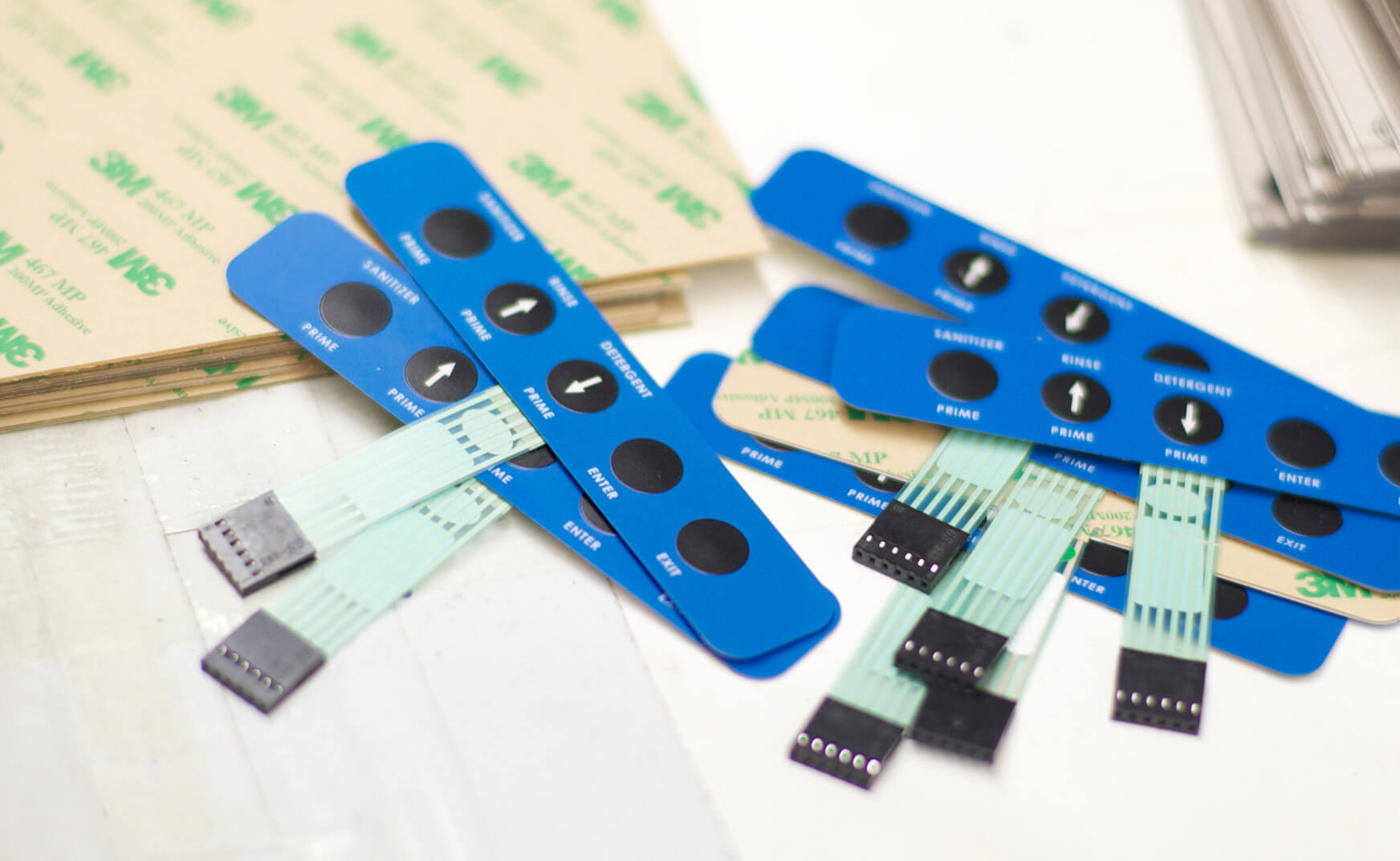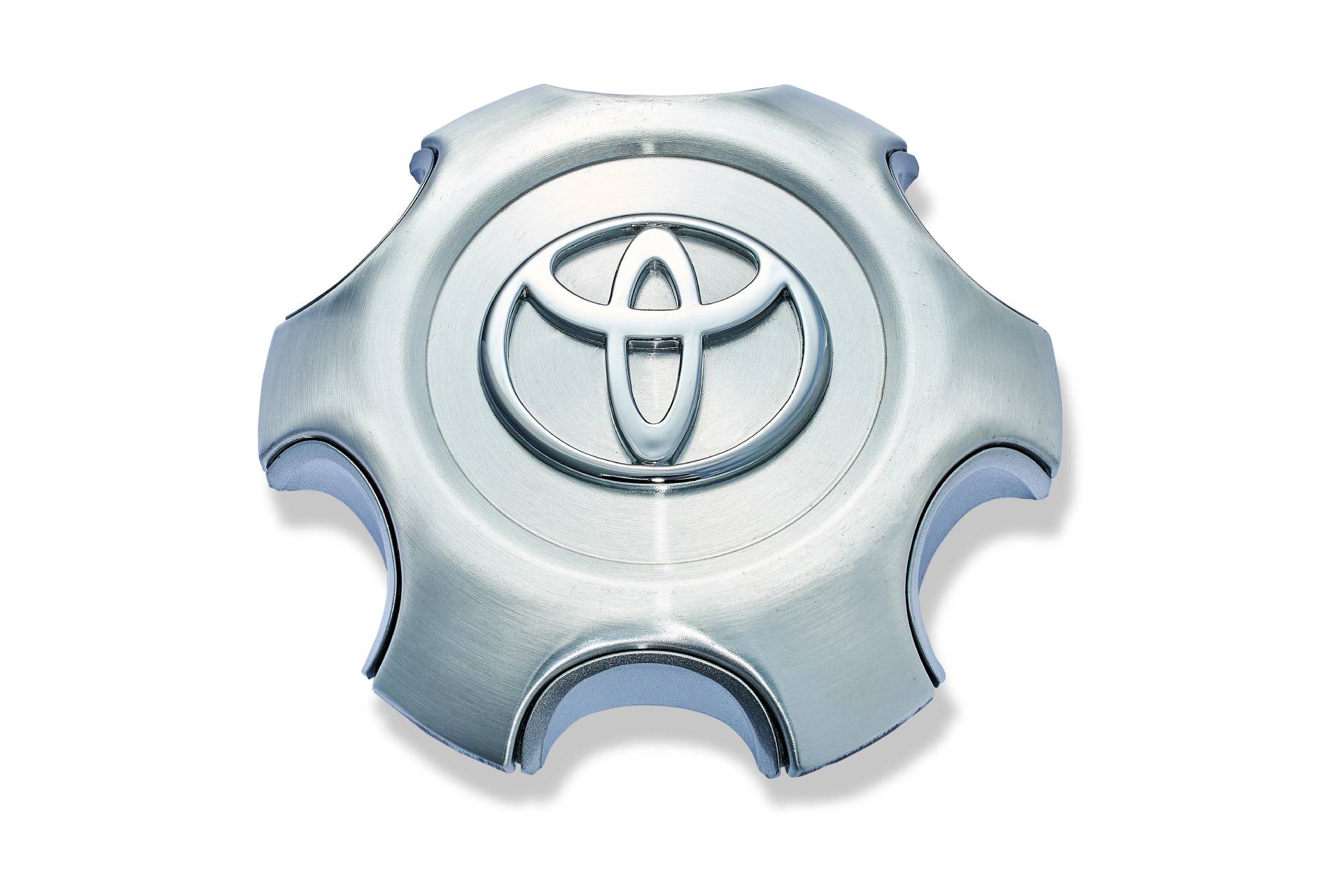When tailored design needs arise, a specialized membrane switch manufacturer is the top choice.
When tailored design needs arise, a specialized membrane switch manufacturer is the top choice.
Blog Article
All About Membrane Switch Over: Recognizing Its Layout and Functionality
When you think regarding the control user interfaces in modern tools, membrane buttons usually come to mind. Allow's discover what sets membrane layer switches apart from other control systems.
What Are Membrane Layer Switches?

Their seamless nature makes them simple to clean and immune to dust and moisture, an essential feature in numerous settings. Membrane switches can likewise be tailored regarding shape, dimension, and graphics, enabling makers to produce distinct interfaces tailored to details products. Plus, they're lightweight and thin, which helps in minimizing the general bulk of devices. In general, membrane layer switches play a significant role in boosting individual experience across a vast array of applications.
How Membrane Changes Job
When you push a key on a membrane switch, it turns on a straightforward yet effective device. The top layer, often made of adaptable product, lowers onto a conductive layer below it. This action bridges the space between conductive traces, finishing an electrical circuit. As quickly as the circuit shuts, it sends out a signal to the device's controller, which analyzes your input.
You'll see that the tactile feedback differs based on the button style, using either a soft click or a more obvious reaction. When you launch the trick, the membrane returns to its initial position, resuming the circuit and stopping the signal. This procedure takes place virtually instantaneously, guaranteeing a receptive individual experience.
Membrane layer buttons are popular as a result of their toughness and resistance to dirt and dampness, making them perfect for different applications, from family home appliances to clinical gadgets. Understanding this procedure assists you appreciate their widespread use.
Key Components of Membrane Layer Buttons
Recognizing the vital elements of membrane buttons is basic for realizing their functionality and layout. The safety layer guards versus ecological variables and put on, extending the button's lifespan. By understanding these parts, you'll gain insight into exactly how membrane switches operate and their value in various applications.
Products Made Use Of in Membrane Switch Design
The performance and sturdiness of membrane layer changes greatly depend on the products utilized in their design. You usually come across polyester and polycarbonate as primary substratums as a result of their outstanding stamina and adaptability. These products withstand scratches and chemicals, making them perfect for demanding settings.
The conductive layers frequently make use of silver or carbon, picked for their dependability and conductivity. membrane switch manufacturer. Silver provides premium efficiency, while carbon is a cost-efficient option. For the overlay, you might take into consideration a matte or glossy finish, depending on your visual demands and user experience
Make particular to select adhesives that stand up to environmental aspects like temperature and moisture. Selecting the ideal materials will assure your membrane switch stands the test of time.
Style Considerations for Membrane Layer Switches
While designing membrane buttons, it's crucial to think about numerous variables that affect their capability and user experience. Begin by concentrating on the design and switch size; ensure they're user-friendly and easy to browse. Consider the responsive feedback you wish to give-- will individuals require an obvious click or a softer touch? Additionally, consider the materials you'll use, as they'll influence resilience and appearances.
Verify your design fits ecological variables, like wetness or temperature level variants, which might influence efficiency. By meticulously taking into consideration these aspects, you'll produce a membrane layer switch that improves use and satisfaction.
Applications of Membrane Layer Buttons
Membrane switches are versatile components discovered in numerous applications, from commercial tools to consumer electronic devices. You'll see their impact in devices that need durable user interfaces and in gadgets that benefit from streamlined styles. Understanding these applications helps you appreciate the capability and usefulness of membrane switches in everyday modern technology.
Industrial Tools Usage
When you're looking to improve the performance of industrial devices, membrane layer switches supply a dependable option that incorporates longevity with user-friendly style. These switches are ideal for severe atmospheres, supplying resistance to dust, wetness, and chemicals. Embrace membrane layer buttons to simplify your operations and improve total efficiency.
Consumer Electronics Assimilation
In the domain name of consumer electronics, membrane layer check my source switches play an important function in boosting user communication and tool performance. Membrane layer switches likewise ensure toughness and resistance to dust and dampness, extending the life-span of your electronic devices. By picking membrane switches, you improve not simply the performance however likewise the style of your devices, making everyday interactions smooth and delightful.
Advantages and Drawbacks of Membrane Layer Switches
While membrane layer buttons provide a range of benefits, they likewise come with some drawbacks that you must take into consideration. One considerable advantage is their portable layout, making them suitable for space-constrained applications.

Membrane buttons can have a much shorter life-span contrasted to mechanical switches, particularly under hefty usage. They can likewise be much less tactile, which may influence user responses throughout operation. Balancing these pros and cons will certainly assist you figure out if membrane layer switches are the best fit for your job.
Often Asked Concerns
For How Long Do Membrane Layer Switches Over Usually Last?
Membrane switches generally last in between 5 to 10 years, depending upon use and environmental problems. You'll desire to review factors like wear, direct exposure to moisture, and temperature level fluctuations to gauge their longevity effectively.
Can Membrane Changes Be Custom-made for Specific Styles?
Yes, you can customize membrane buttons to fit certain designs (membrane switch manufacturer). You'll have the flexibility to select colors, shapes, and formats that match your job's needs, ensuring they mix seamlessly with your general aesthetic
What Is the Expense Variety for Membrane Layer Change Manufacturing?
The expense array for membrane button manufacturing normally drops in between $1 and $10 each, depending upon variables like style complexity, quantity, and products. You can obtain quotes from producers to discover the best choice.

Are Membrane Layer Switches Water Resistant or Immune?
Membrane layer switches can be developed to be waterproof or resistant, depending upon materials utilized and building methods. If you need them for damp atmospheres, assure you define those demands throughout the design procedure.
Just How Do Membrane Layer Switches Over Contrast to Conventional Switches?
Membrane switches are usually thinner and more adaptable than conventional switches, using a smooth design. They're commonly less complicated to clean check these guys out and incorporate, yet may not offer the responsive comments you're used to with mechanical alternatives.
Final thought

Report this page